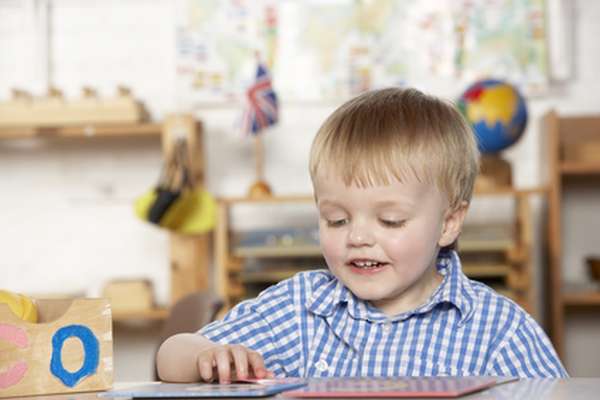
Choosing the right educational experience for your child is a decision that’s as bewildering as it is important. Local public schools are convenient and the teaching methods are familiar to most parents, but there are other time-tested teaching philosophies worth exploring. The primary among these is the Montessori Method of education, used worldwide for over a hundred years.
Check out these primary differences between public schools and Montessori schools.
Child-Directed Vs. Teacher-Directed Learning
The most striking difference between the Montessori Method and public education involves the role of the teacher. In a public school, the teacher directs the subject and the task to be completed for every child in the classroom. In a Montessori school, the children choose the task they wish to work on, provoked by their natural curiosity in an environment specially prepared for their intellectual development. A Montessori teacher is a guide who uses the power of observation to note each individual’s advancement and to encourage them toward greater learning in a stress-free way.
Single Grade Vs. Multi-Age Classrooms
While public school classrooms consist of students of approximately the same age, Montessori classrooms encompass an age span of three years. Three-year-age classrooms allow for natural advancement socially, intellectually, and emotionally at each child’s own pace. The age span also encourages social development. Younger children look up to the older students as models of behavior. Older children relish the trust imbued in them to act as big brothers and sisters. The atmosphere is family-friendly and designed for absorbing life lessons about mutual respect, responsibility, and empathy.
Desks Vs. Work Spaces
While public school classrooms are generally furnished with desks and chairs in rows, a Montessori classroom is an open space that encourages roaming. While public school students fill out worksheets, Montessori students sit at scattered play stations or lay their work-mats on the floor.
Learn At Own Pace Vs. Deadlines
Homework and projects at public schools have to be completed by deadlines, and advancement is noted by test scores given on preassigned days. In a Montessori classroom, children are given the gift of time to complete the tasks of their choice, learning, in the process, how to focus keenly on a given task without interruption.
Love Of Learning Vs. Report Cards
Public School marks advancement by frequent report cards based on the projects and tests taken in a given quarter. Montessori school marks advancement by social, intellectual, and emotional developmental milestones passed at the child’s own rate. The ultimate goal is for the child to develop a love of learning that will last a lifetime.
Curious to learn more about the Montessori Method of education? Be sure to call your local Austin Montessori school and arrange a tour.
















